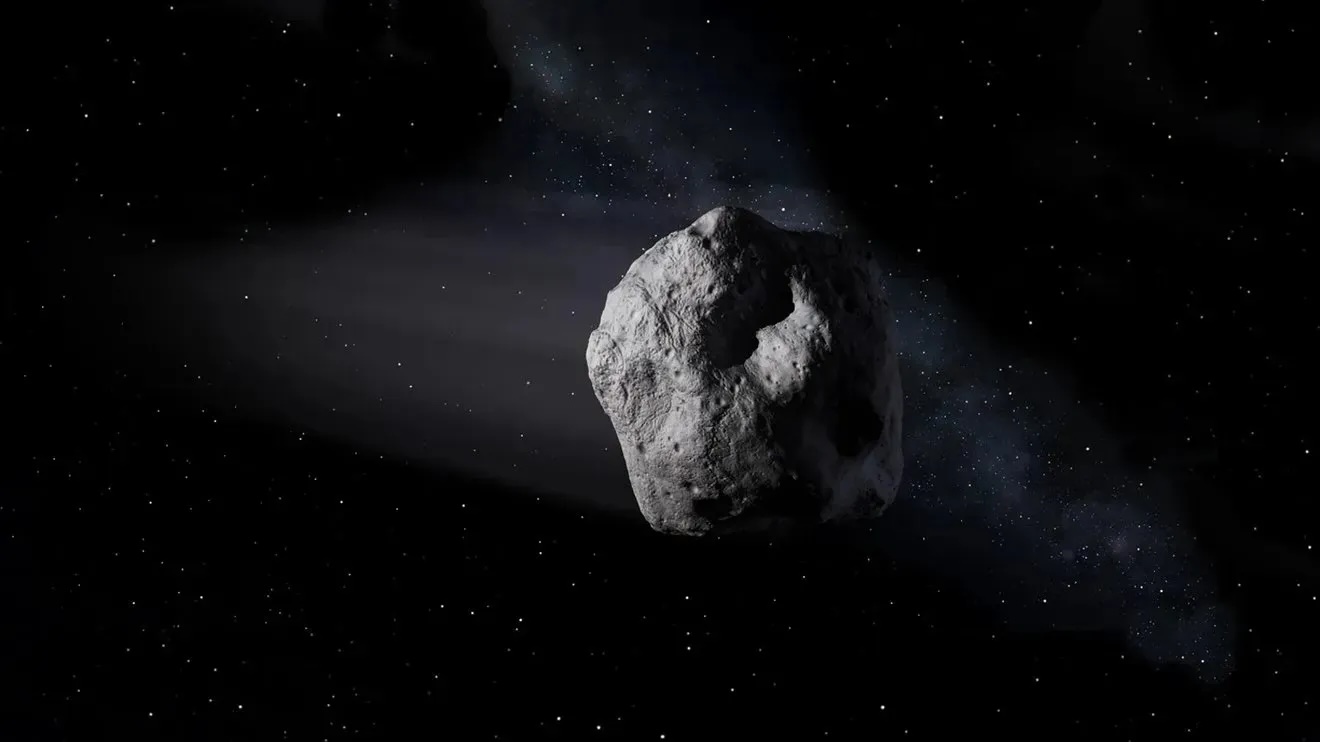When you purchase through nexus on our internet site , we may bring in an affiliate commission . Here ’s how it works .
Name : Dragon ’s Eye
fix : Uttakleiv Beach , Lofoten Islands , Norway

Norway’s Dragon Eye likely formed under the ice around 20,000 years ago and emerged 4,000 years later with deglaciation.
Coordinates:68.20987277137073 , 13.499777198454572
Why it ’s unbelievable : White sand , alga and a vainglorious boulder give this raw landform its distinctive eyelike appearance .
" Dragon ’s Eye " is a raw holler in the rocks along Norway ’s northwestern coastline that looks just like a reptilian eye . A bowlder that model at the bottom of the hollow stands out against a bed of snowy sand and algae , forming the eye ’s educatee .

Geological features like Norway’s Dragon’s Eye are called potholes. Dragon’s Eye measures roughly 5 feet (1.5 meters) across.
" The Dragon Eye is a lifelike characteristic that very likely work beneath the large Fennoscandian Ice Sheet , possibly duringthe last ice age,“Francis Chantel Nixon , an associate professor of strong-arm geographics and fourth geology at the Norwegian University of Science and Technology , told Live Science in an electronic mail . " This specific case of frigid landform is called a chuckhole . "
refer : Why does Norway have so many fjord ?
The Fennoscandian Ice Sheet was an tremendous glacier that blanket Scandinavia , as well as theatrical role of Northern Europe and northwestern Russia , during the last glacial maximum , around 20,000 years ago . Glaciation can direct to all sort of geologic formations , include feature called plastic forms , or phosphorus - manikin , which result from erosion of the fundamentals beneath the ice-skating rink tabloid , Nixon said .

" P - shape are created by meltwater full of abrasive sediment , " Nixon said . These sediments include rocks of all form and sizes , rove from fine sand to jumbo boulders . in high spirits - pressure meltwater flow move beneath the glass may " grave the fundamental principle into smooth - surround depressions , which can be uncoiled , curving or circular , and on the order of centimeters to several meter in width and depth , " Nixon say .
Potholes like Dragon ’s Eye are a character of atomic number 15 - form think to be shape by particularly disruptive meltwater currents that concentrate abrasion and eating away in orbitual shape . " When the meltwater finally slows down or go away , the coarse deposit will settle out of reprieve and become trap inside the chuckhole , " Nixon order , adding that this might be how a boulder came to model at the bottom of Dragon ’s Eye .
— Eye of the Sahara : Mauritania ’s giant rock bonce that loom over the desert

— ancestry fall : Antarctica ’s ruby waterfall mold from an ancient hidden substance
— China ’s ' celestial stone ' : The giant sinkholes that have ancient timberland mature within
Dragon ’s Eye probably emerge from beneath the shabu around 16,000 year ago , when deglaciation occur in the environ region , Nixon said . The retreat of the Fennoscandian Ice Sheet exposed the bedrock and its potholes , which are made of gneiss , a type of metamorphous rock candy with colorfulmineral bandsthat add to the fantastical appearance of the center .

The centre , which quantify roughly 5 feet ( 1.5 meters ) across , looks different depending on the time of day and the tide . At high tide , wafture wash over the rocks , episodically fix and removing sand from the hollow , so that the bowlder sometimes sits on unornamented bedrock . The alga inside the middle also look unlike depending on the time of yr and the ignitor .
give away moreincredible billet , where we foreground the fantastic history and science behind some of the most spectacular landscapes on Earth .















